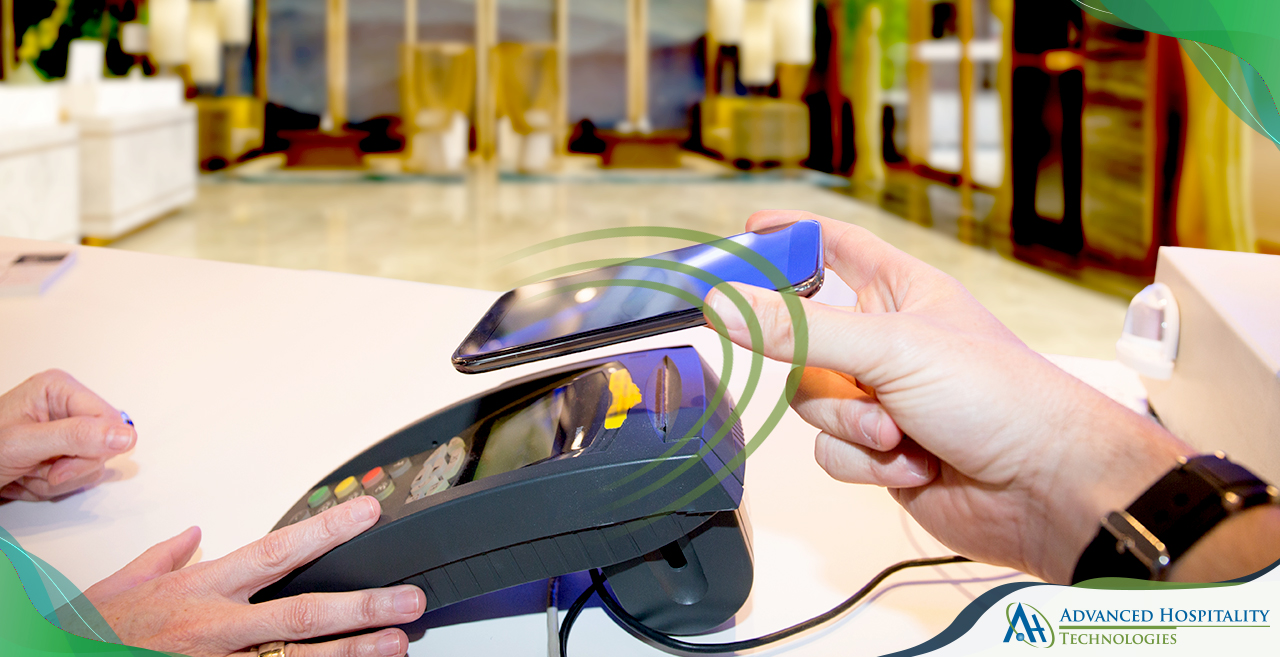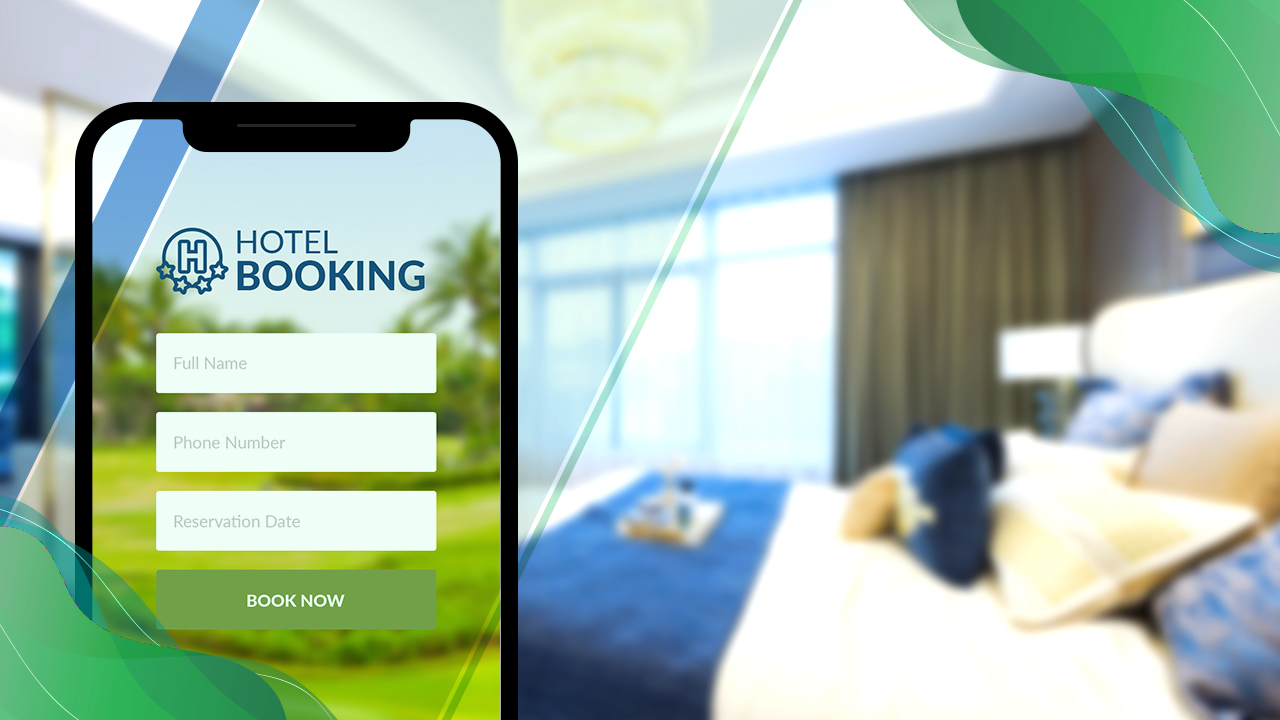In the dynamic landscape of the hospitality industry, prioritizing the safety and security of both employees and guests is not just a consideration—it’s a fundamental necessity. Hospitality is a continuous business, it never stops. So, at any given time there are hospitality workers performing their duties diligently, that includes late night shifts and employees working in a solitary environment. Similarly, a guest may arrive at a hotel at an unusual time when limited staff is available. This situation demands extensive measures to ensure employee safety and that of guests.
Hospitality Industry has focused on this since several years. In September 2018 American Hotel & Lodging Association (AHLA) announced 5 – Star promise, a voluntary commitment by AHLA members to enhance policies, training, and resources for employee safety. More than 60 hotel companies have joined the initiative since. Various bodies across the US have also passed legislation to ensure the safety of employees such as “City of Los Angeles Hotel Worker Protection Ordinance (HWPO)” passed by the mayor of Los Angeles in August 2018. Since then, many employee safety solutions have hit the market.
Among the innovative solutions taking center stage is the Associated Alert Deployment Program (AADP). The AADP consists of discrete panic buttons and alerting devices that can be used to trigger an alert discretely and quickly whenever the staff or guest is in a threating situation. This blog delves into the critical significance of AADP in the hospitality sector, its application, vendor comparisons, and provides in-depth insights into why it’s a transformative force in the industry.
AADP: A Proactive Shield for Hospitality
Why AADP is Essential for the Hospitality Industry?
Safety and security are non-negotiable elements in the hospitality sector. The AADP serves as a proactive measure, providing a discreet and rapid means for employees to signal for help during emergency situations. This feature becomes especially critical for those working alone or in potentially vulnerable circumstances, ensuring a swift response to any potential threat.
The Mandatory Aspect: Disadvantages of Not Opting for Employee Safety Devices
Beyond being a proactive safety measure, AADP is not merely a recommendation—it’s a compliance requirement for all managed and franchise properties. Non-compliance can have severe consequences, making it imperative for hotels to adopt this system to adhere to industry standards and regulations.
Understanding the AADP Application Process
Implementing AADP involves the installation of hardware devices in all guest rooms. Additionally, an alert notification system with the AAPD client is required, creating a comprehensive safety net for employees. This dual-layered approach ensures that every room is equipped with the necessary tools to handle emergency situations effectively.
Comparing AADP Vendors: Making the Right Choice
In a market flooded with options, choosing the right AADP vendor is crucial. Any property should make their choice based on their requirements and criteria such as location accuracy, contract terms, pricing structures, system architecture, and vendor infrastructure. Also, properties can hire specialized technology consultants to make the choice for them. Some of the leading vendors are:
- AT&T
- Assa Abloy
- PWC
- Relay
Elevating Employee Safety Standards in Hospitality
Implementing AADP goes beyond meeting compliance; it’s about elevating safety standards in the hospitality sector. Here are comprehensive insights into why AADP is a game-changer:
Employee Safety:
AADP offers a quick and discreet way for employees to signal for help in emergency situations, fostering a secure work environment.
Rapid Response:
The integration of AADP with centralized security systems ensures that alerts are quickly received, allowing for a swift response from security personnel or management.
Location Accuracy:
In establishments with multiple floors or expansive layouts, GPS-enabled AADP provides precise location information, facilitating quicker response times.
Discreet Activation:
AADP should be designed with discretion in mind to avoid escalating a situation. This could include buttons embedded in jewelry, worn as a badge, or integrated into employee identification cards.
Integration with Security Systems:
Connecting AADP to the overall security infrastructure ensures seamless communication with other safety systems, such as surveillance cameras or access control systems.
Audible and Silent Alerts:
Depending on the situation, AADP can trigger audible alarms to alert nearby individuals. Or it can be set to send silent notifications to security personnel for a more discreet response.
Training and Education:
Proper training is essential to educate employees on the use of AADP, including when and how to activate them and what to expect in terms of response.
Legal Compliance:
In some regions, there are regulations or legislation mandating the use of panic buttons in certain industries, especially where employees may face heightened risks.
Employee Empowerment:
AADP empowers employees by giving them a tool to take control of their safety, fostering a sense of security and well-being in the workplace.
Regular Testing and Maintenance:
Regularly test the panic buttons to confirm their functionality and reliability. Routine maintenance is crucial to prevent malfunctions.
Customization for Specific Roles:
Tailor panic button systems to the specific roles and risks within the hospitality industry. For example, housekeeping staff, late-night receptionists, or those working in isolated areas may have different needs.
The Holistic Approach: Implementing AADP in Hospitality
Implementing panic buttons, such as the AADP, is not merely a requirement; it’s a strategic move towards creating a safe and secure environment for hospitality industry employees. It is important to consider the specific needs of the establishment, comply with relevant regulations, and continually assess and update safety measures as needed.
Continuous Evolution: Adapting Employee Safety Measures
As the hospitality industry evolves, so should safety measures. The implementation of AADP is part of a broader strategy to continually assess and update safety measures. This involves staying abreast of technological advancements, industry trends, and any changes in regulations pertaining to safety and security.
Conclusion: AADP as a Commitment to Well-being
In conclusion, AADP isn’t just a system; it’s a commitment to the well-being of those who make hospitality possible. By adopting this innovative solution, establishments not only meet compliance standards but also actively contribute to creating a safer and more secure working environment. As the industry progresses, AADP stands as a beacon of proactive safety, ensuring that hospitality employees can focus on delivering exceptional service with the confidence that their safety is a top priority. The integration of AADP marks a pivotal moment in the industry, where technology and commitment intersect to safeguard the heart of hospitality—the people who make it all happen.

Bob Smith is the Director of Hospitality Innovation at Advanced Hospitality Technologies. With over 12 years of experience in the industry and extensive technology background, he has dedicated his career for new technological solutions for the problems in the industry. An avid believer in innovation, he believes that the future of hospitality industry is technology.




